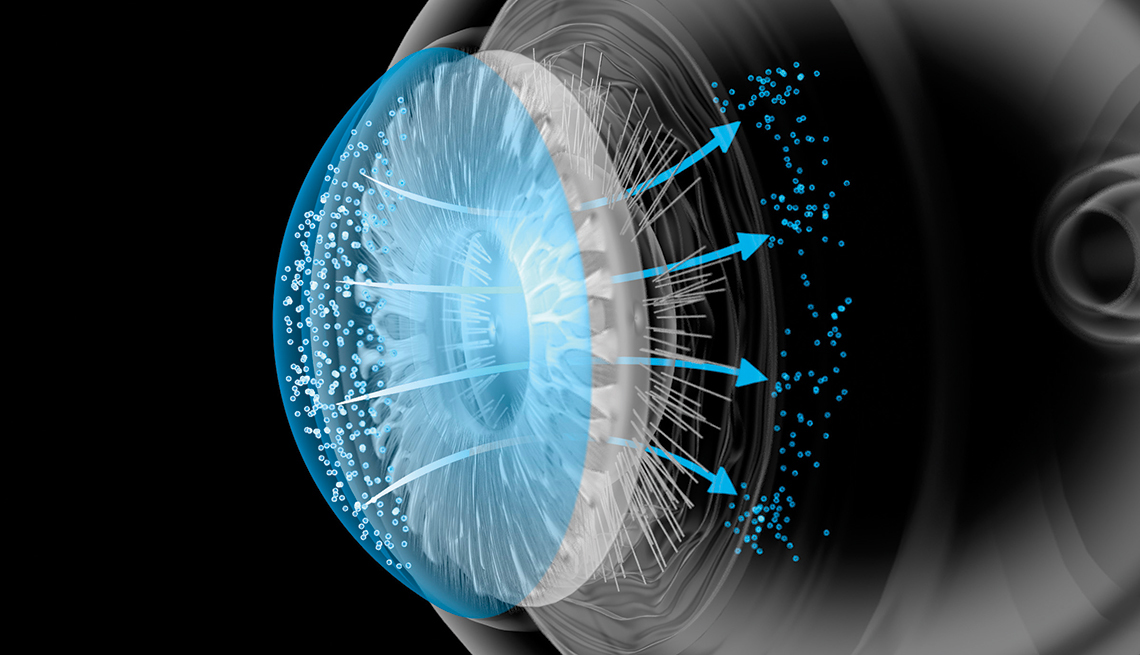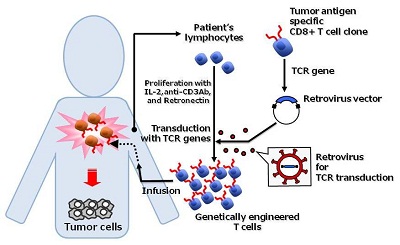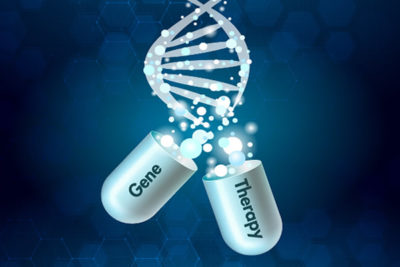Molly Troxel, a fifteen years old teen can now see everything, a feat that most of us take for granted but not for her as she was born with “Leber Congenital Amaurosis”. It is a rare genetic disease responsible for retina destruction during infancy and usually leads to blindness.
Troxel inherited the faulty genes through both parents. She is the first ever patient went through gene editing to cure her blindness, making her case experimental, uncertain and therefore dangerous. A treatment like this always considered nearly impossible in the medical field. Her story is a symbol of hope for the life-altering scientific technique known as ‘gene therapy’.
What is Gene Therapy?
Gene therapy is a technique to replace the faulty or missing gene with a healthy copy of the same gene. There are a couple of ways to perform this procedure but most of them are in the infancy phase.
For now, gene therapy can be healing but is not considered a proper cure so far and thus needs more research work, especially to distinguish long-term side effects.

In one such technique, scientists perform gene therapy by entering DNA carrying viruses into the patient’s cells to target and replace certain genes. The new DNA usually contains a functioning gene to correct the effects of a disease-causing mutation.
But what makes gene editing so revolutionary is its ability to combat disease and disorders, which is potentially life-changing. The promising technique could provide a cure for fatal diseases and thus could change the lives of millions.
The science of gene editing
Genes are edited and replaced by scientists using a new technology known as CRISPR (clusters of regularly interspaced short palindromic repeats). CRISPR is often used alongside ‘Cas’ proteins, such as Cas9 (an enzyme) to aid in cutting and destroying DNA. The inspiration for this was derived from the natural defense mechanisms of bacteria and archaea to fend off attacks from viruses and other foreign bodies.
CRISPR-Cas9 is the new genome-editing tool, scientists prefer the most, as compared to the previous genome-editing technique Transcription activator-like effector nucleases (TALEN), discovered two years prior to CRISPR.
Therefore CRISPR has become a revolutionary tool for gene therapy
Disease and gene therapy
Here are the latest discoveries of gene therapy on rare disorders with potentially groundbreaking solutions. The following are examples of implementations of the latest gene therapy.

1. Blindness
Gene Therapy offers a possible cure to genetic blindness, however, currently no final solution has been confirmed and the investigations are still in progress.
The possibility of gene-edited technology, such as CRISPR-Cas9 for blindness considered plausible because as compared to more complex diseases, it is easier to resolve and the mutation that results in most of these diseases has clearly identified by scientists.
Additionally, the immune system’s activity in the eye is limited, points out that scientists do not have to worry about some immune reactions, leading to negative side effects. All these factors make gene therapy a promising technique for blindness caused by genetic disorders.

2. Muscular dystrophy
Duchenne’s muscular dystrophy is also another disease have no cure. Patients born with this disease suffer from progressive muscular dystrophy in their childhood. However, researchers recently found that a mutation in the DMD genes – an in charge of proteins necessary for muscular contractions –is mostly responsible for Duchenne’s muscular dystrophy.
As per estimation, there are around 3,000 mutations in the human body those are responsible for Duchenne’s muscular dystrophy. In an attempt to edit the genes, researchers developed a new method which systematically, uses CRISPR to c 12 targeted areas of mutation hotspots, includes a wide range of possible gene mutations related to muscular dystrophy. Thus offers an innovative solution for the cure of Duchenne’s muscular dystrophy.

3. Huntington’s Disease
Huntington’s disease is a deadly illness also caused by a genetic disorder. It causes the nerve cells within the brain to break down, which results in deteriorating mental and physical abilities and currently the disease is incurable.
Huntington’s disease is caused by the irregular repetition of a specific ‘DNA sequence’ inside the Huntingtin gene.
However, treating Huntington’s offers was a difficult challenge to scientists, since any small mistake can have severely dangerous effects due to its location in the brain. Thus, scientists concluded that a more precise gene-editing tool is required to combat this fatal disease. As a result, the KamiCas9 invented, a type of CRISPR-Cas9. This was then used by a team of Polish researchers with ‘nickase’ enzyme for more specific gene editing. Thus, proving the possibility of a cure for this fatal disease.

4. Cancer
Cancer is one of the most complex diseases of our age. It generally includes a low survival rate and has no complete cure. However, it does have various treatments. Currently, about 86 people with different types of cancer have been treated with CRISPR in China, although their results are yet to be released.
Scientists work to target cancer through gene editing, by extracting the ‘T cells’ and modifying the genes present in it via CRISPR technology. The cells that are then ‘reinfused’ into the body, have a greater ability to fight tumor cells, further decreasing cancer.
However, these are just a few examples of the possibilities that ‘gene therapy’ offers. There is a whole world of the unknown still waiting to be explored by gene therapy. The possibilities are endless in this new and exciting field of study.

Haniyah is an aspiring writer and science lover. She was raised in California and recently moved to Pakistan. She is currently studying her ‘O’ levels in Lahore. She is an avid fan of literature and loves to read. She is passionate about horseriding and spends her free time painting and horseriding. She is interested in robotics and has mentored a robotics team. Additionally, she has taken part in many robotics competitions, both international and local

